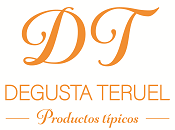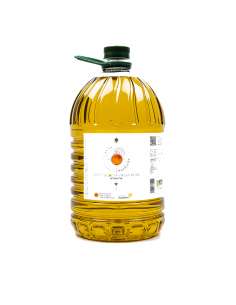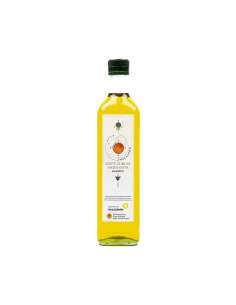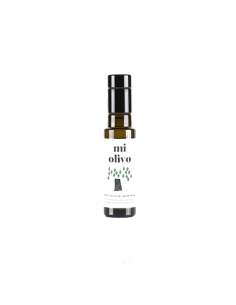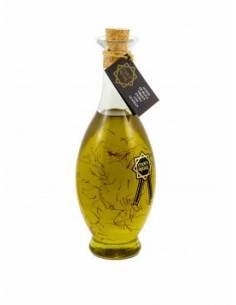
THE PRICE OF OLIVE OIL
We all recognize it as one of the jewels of our gastronomy and agriculture, we also know some of its variants, but what factors influence the price of olive oil? We are going to talk, based on the data of recent years, on what changes in the price of oil and some of its varieties depends of.
Current Price
In February 1st in 2021, the following values are given:
- Extra Virgin Olive Oil (2,637 euros per kilogram)
- Virgin Olive Oil (2,396 euros per kilogram)
- Lampante Olive Oil (2,060 euros per kilogram)
- Organic Olive Oil (2,937 euros per kilogram)
Production
The relationship between production and demand is what determines the value of the oil in the market. So let us understand that if one year the harvest does not meet the objectives, but the demand is maintained or increases with respect to these values, the price tends to rise. In the same way, the opposite would occur if production exceeds demand. Within production, costs will depend on how the elements of machinery, labor, facilities, fertilizers, repellants and boils are managed.
When we talk about oil, as we have broken down previously, we are not referring only to extra virgin olive oil, since it does not occupy even 50% of the annual consumption per average citizen. We must take into account what oil we are talking about, depending on the processing phases, some producers find one type of oil beneficial than another. For example, green olive oil or early harvest, would have a raw material cost between 2 and 4 times higher than that of mature olive oil; a liter of the first requires between 10 and 20kgs and the second only 5kgs of olives. On the other hand, the land where the olive is harvested also affects the cost of production, with mountainous areas with a more complex orography being more expensive than the extensions that allow intensive olive cultivation.
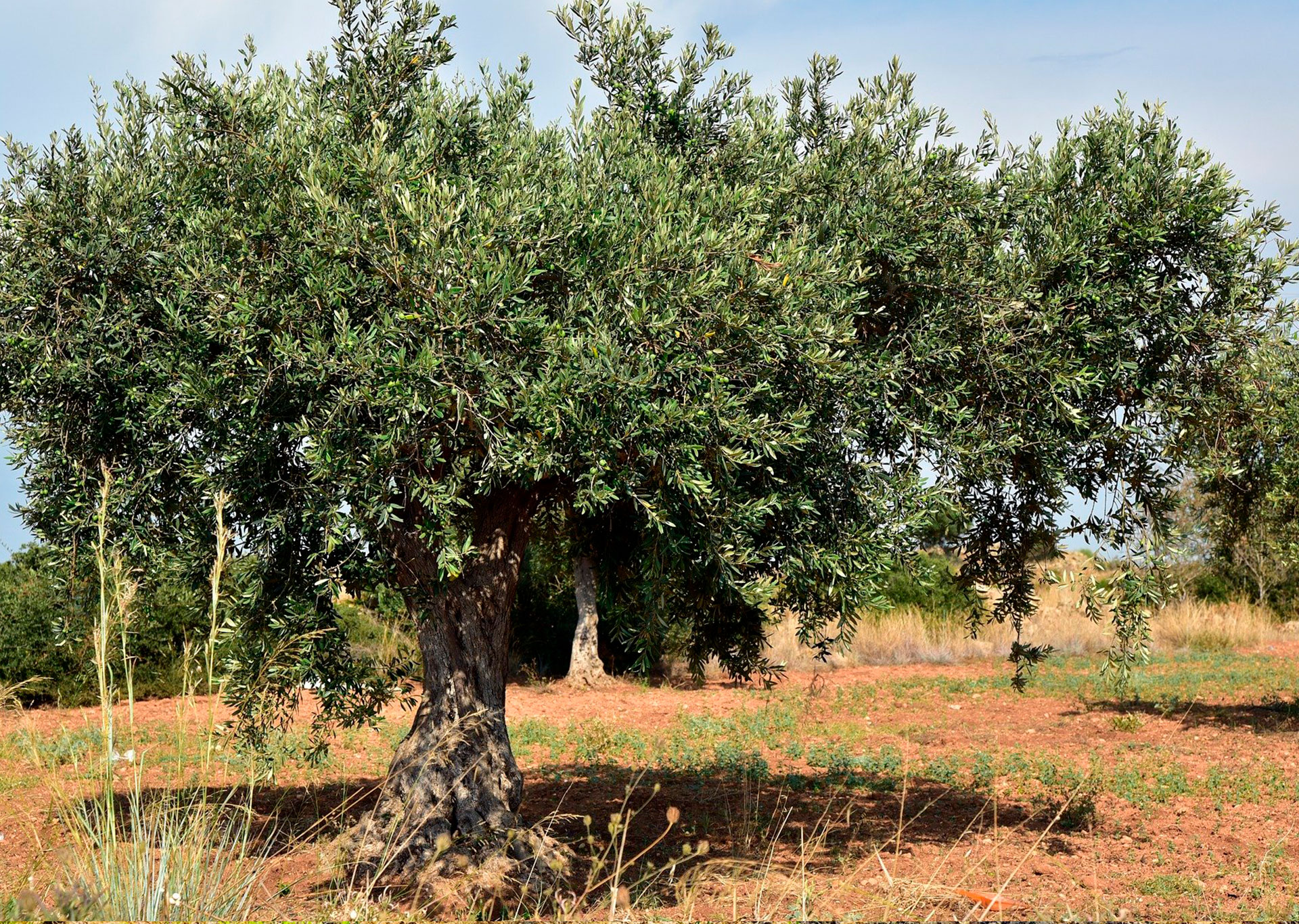
Once we take these points into account and have the address of the specific product that we are going to assess, we will consider the following steps:
- Soil treatment
- Pruning (in addition to removing the remains)
- Fertilizer and foliar treatments
- Irrigation system (installation, energy and cost of water)
- Collection and transport
The increase in prices by producers in the last five years in Spain is due to a significant decrease in production; at the same time for a low price in the final product final product; The other factor that favors the increase in prices is the growing demand for it, not only at the national level but also due to the massive exports that are made. All these factors feed each other, falling on the costs of farmers to stay competitive in the market.
There is the possibility that this trend will be accentuated due to high temperatures and low rainfall, which means that a traditionally rainfed crop is relegated to those who cannot invest in irrigation infrastructure.
D.O Certification
That the work of an oil mill results in an oil with an accrediting quality seal such as the Bajo Aragón Denominación de Origen, makes the price of this also rise. This determines that it is in this region where the cultivation, processing, packaging and marketing of the oil is done; and that the grinding, beating, pressing, centrifuging, decanting and filtering procedures are mechanical. Spain, with more than 260 types of olive tree, is a leading producer of olive oil. It currently has 28 of these protected names in addition to those that are in the process of being recognized
Packing
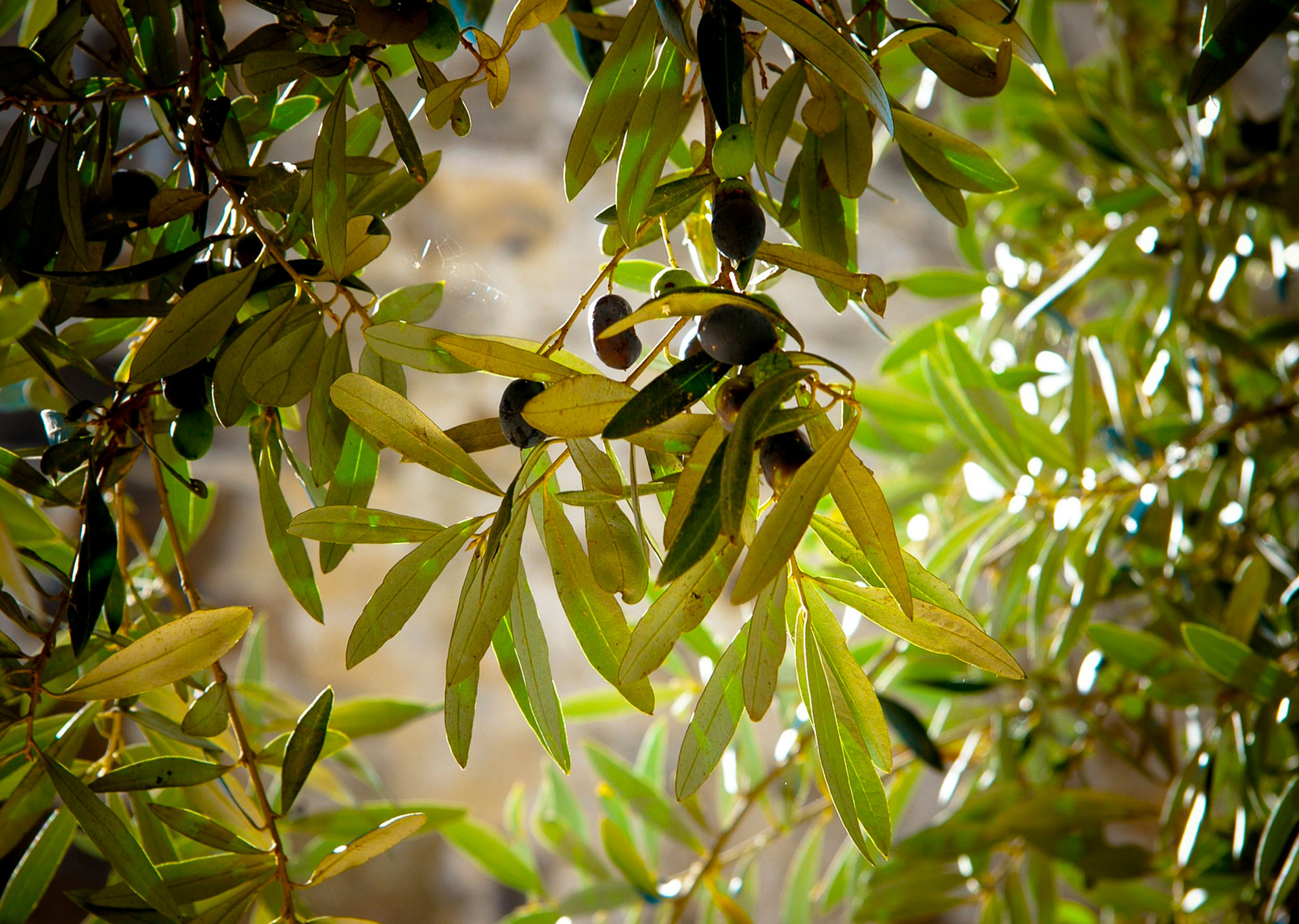
The environment in which the oil is kept is also a determining factor of the final product, and that is, to prevent oxidation, not all containers offer the same guarantees in terms of time. It must also be understood that not all olive oil that is intended to serve as food, at the hospitality and individual level; Much of the production is destined for the cosmetic industry.
Polyethylene containers would be at a lower level than glass, which is reserved for more select oils. Can packaging also offers the longest durability, and can offer larger formats than glass. The regulations establish that to avoid air pockets inside, the containers will be filled to 90% of their capacity.
Price evolution
In 2020, compared to 2019, Spain closed with a 31% reduction in its production, while in Greece and Italy the opposite occurred, where production almost doubled. Spain has 2.5 million hectares that generated a yield of 123,000,000 tons, covering 60% of the production in Europe.
In the second half of 2020, the price in Spain decreased by 7.41% compared to the months of June, July, August, September and October of the previous year. In the last decade, the highest growth in price was between 2014 and 2015, when it was seen at 4.15 euros per kilogram. This figure had its fluctuations until 2017, then from 4 euros per kilogram it has been decreasing until today. The decrease in its value has not been reflected in the same way in the consumer, which in recent years has grown concern about the profitability of this sector.
Currently, demand and production are level, which results in a stability that the pandemic has prolonged due to the fact that it has postponed the continuous demands by farmers.
